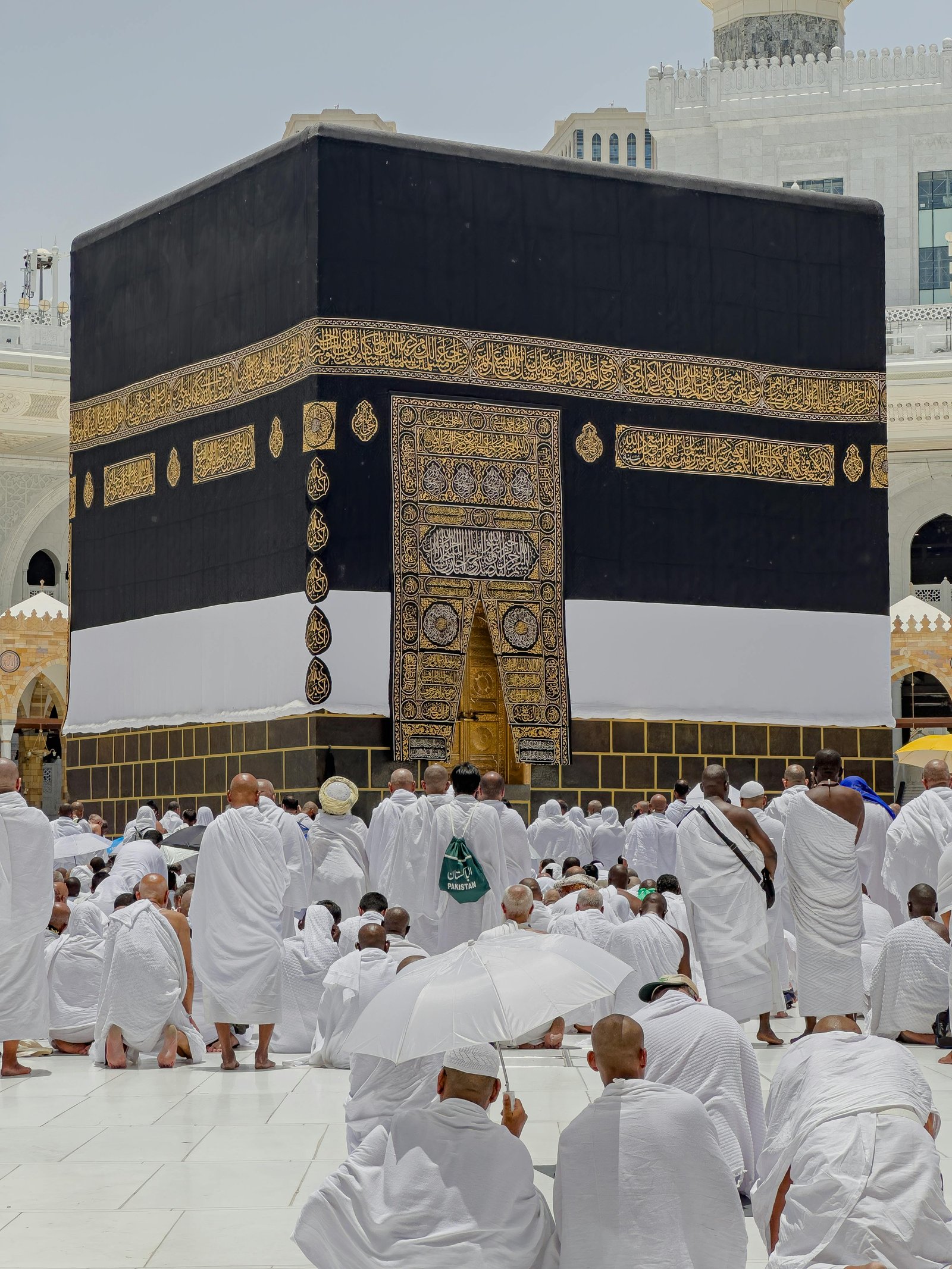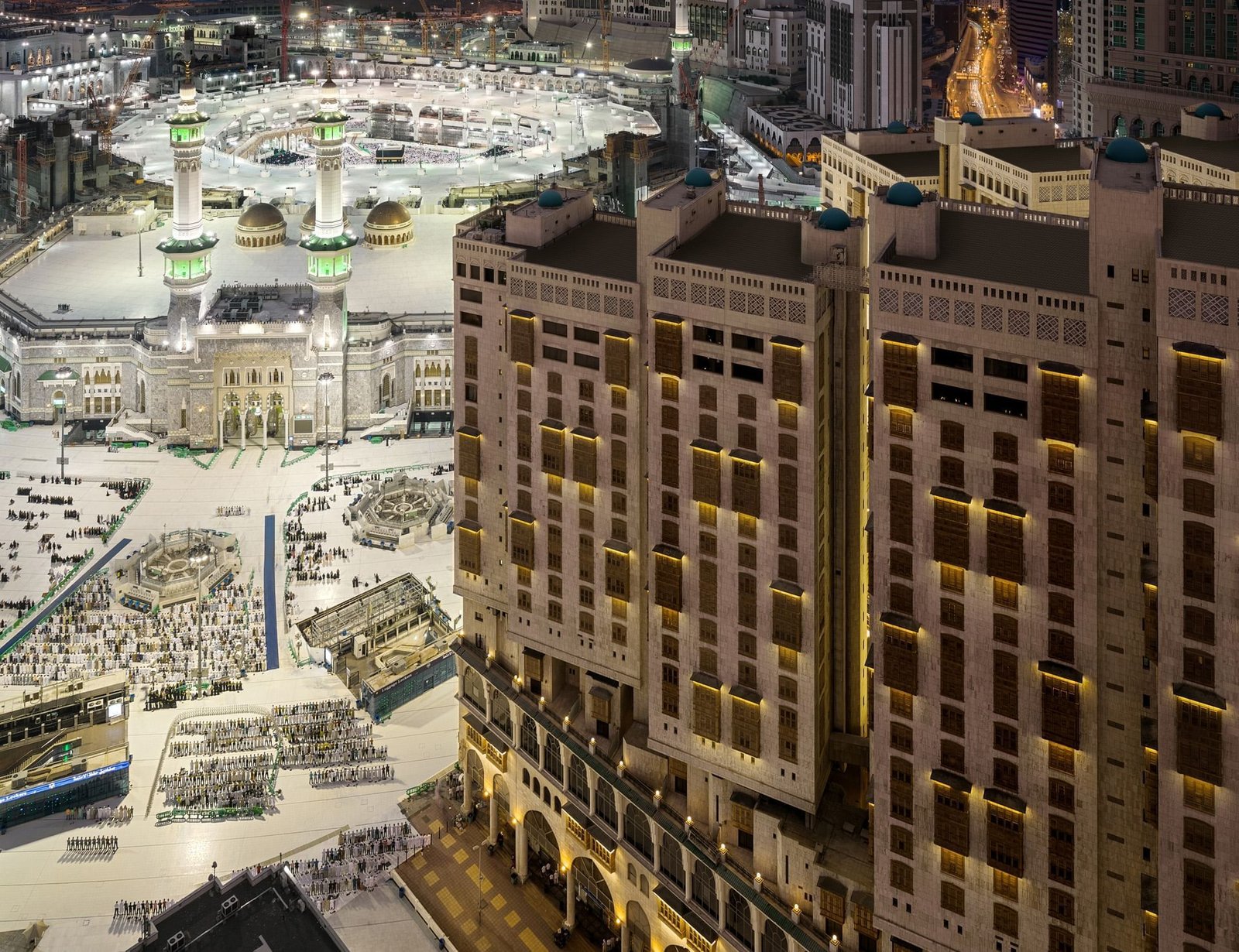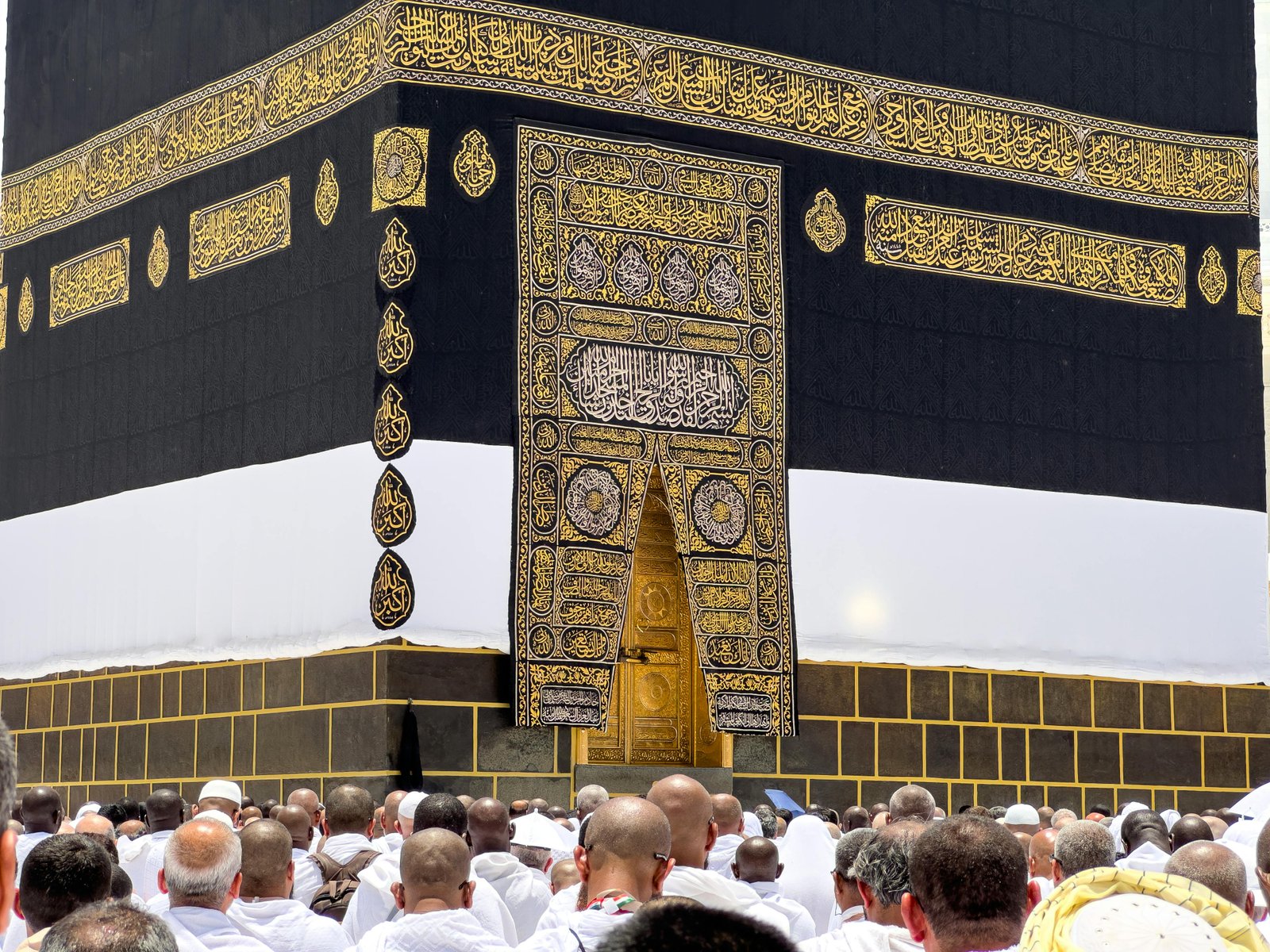There are three different types of Hajj or one can say that Muslims can perform Hajj in three different ways, which are as follows:
1. Hajj Al-Tamatt’u
2. Hajj Al-Qiran
3. Hajj Al-Ifrad
Hajj Al-Tamatt’u
Hajj Al-Tamatt’u means performing Umrah during Hajj season and entering in the state of Ihram for major pilgrimage (Hajj) on the Day of Tarwiyah. Hajj Al-Tamatt’u is the most recommended Hajj for Muslims, as our beloved Holy Prophet (Peace Be Upon Him) himself encouraged us to perform it.
Any pilgrim, who is looking to perform Hajj Al-Tamatt’u, should make intention for Umrah before reaching the Miqat. The pilgrim will say, “Labbayk-Allahumma labbayka bi’Umrah!” or “Labbayka ‘Umratan!” meaning, “O Allah! I answer Your call to perform `Umrah.”
In case, a pilgrim, who had initially intended to complete Umrah or Hajj, faces some problem or unexpected sickness which do not allow them to complete the holy ritual then, they are allowed to end their state of Ihram without fasting or sacrificing an animal. In such a situation, the pilgrim will pray to Allah by saying, “Inna mahilli minal-Ardi haythu habastani”, meaning, “I will end up my state of Ihraam wherever I cannot proceed.”
Then, pilgrims will proceed with Talbiyah as mentioned above. Once they reach Makkah, they will head towards Masjid al-Haraam and perform Tawaaf by circumambulating the Khana Kaaba seven times in the state of wazu starting by kissing Hajr e Aswad (black stone). If it’s not possible for them then, they should raise their two hands up to the ears and say, “Bismillah Allahu Akbar!”
After getting free from Tawaaf, pilgrims should offer two Rakaat Namaz at Maqaamu Ibraahim, without disturbing the ones who are performing Tawaaf. Then, drink Ab e Zamzam and perform Saee by running between Safaa and Marwah seven times. Once the Saee is performed then, pilgrims can get their head shaved or cut their hair short. With this the Umrah and state of Ihram comes to an end.
On 8th of Dhul-Hijjah that is the day of Tarwiyah, the pilgrims will once again enter in the state of Ihram, but this time for Hajj by saying, “Labbayk-Allahumma labbayka bi-Hajj!” or “Labbayka Hajjan”, meaning, “O Allah! I answer Your call to perform Hajj.”
Talbiyah is then, repeated throughout the holy journey in Mina, Arafa and Muzdalifa. Then, pilgrims offer animal sacrifice to Allah on the 10th of Dhul-Hijjah after getting free from stoning in Jamaraat. After sacrifice, pilgrims cut their hair or shave their heads. The pilgrims will then perform Tawaaf al-Ifaadah, before they do Saee between Safa and Marwah.
Pilgrims can also start with Tawaaf al-Ifaadah and then, do the Saee, shaving of head and stoning at Jamaraat, as it is also acceptable. Then from 11th to 13th of Dhul-Hijjah, pilgrims can do stoning and say the farewell Tawaaf with which their Hajj will finally come to an end.





